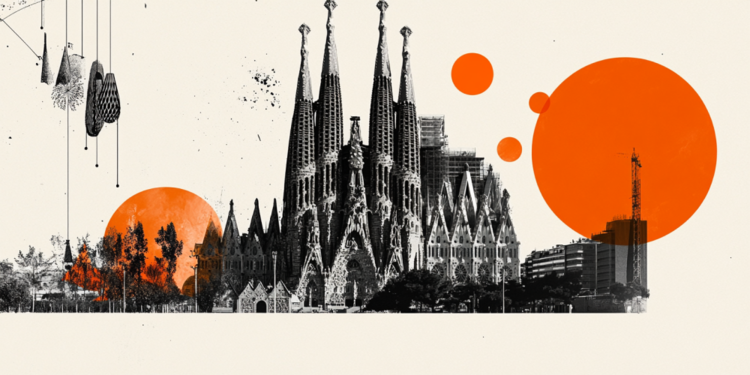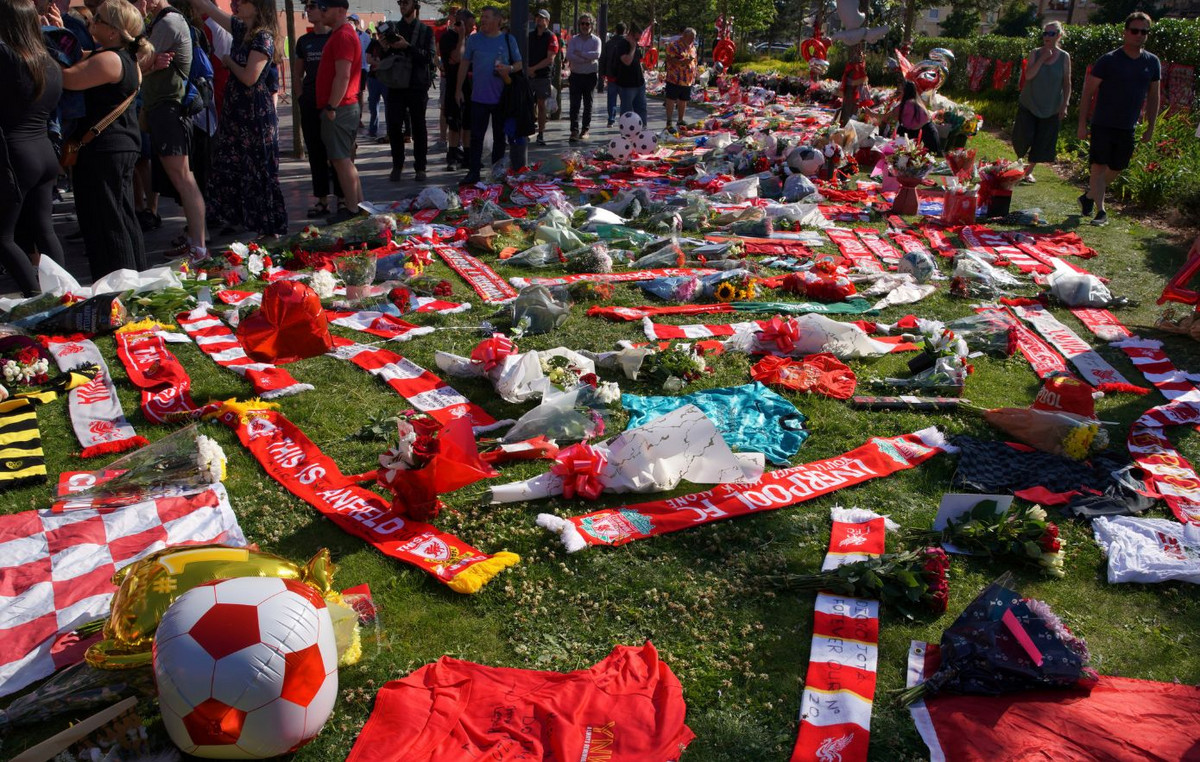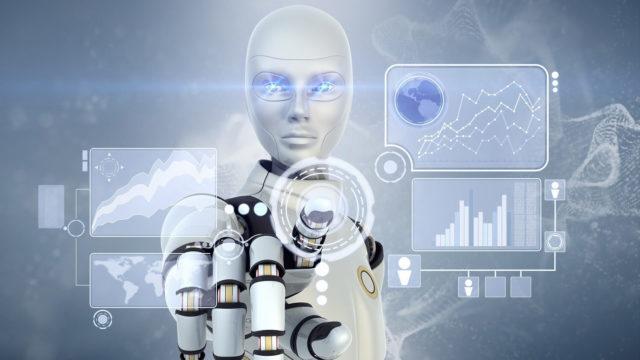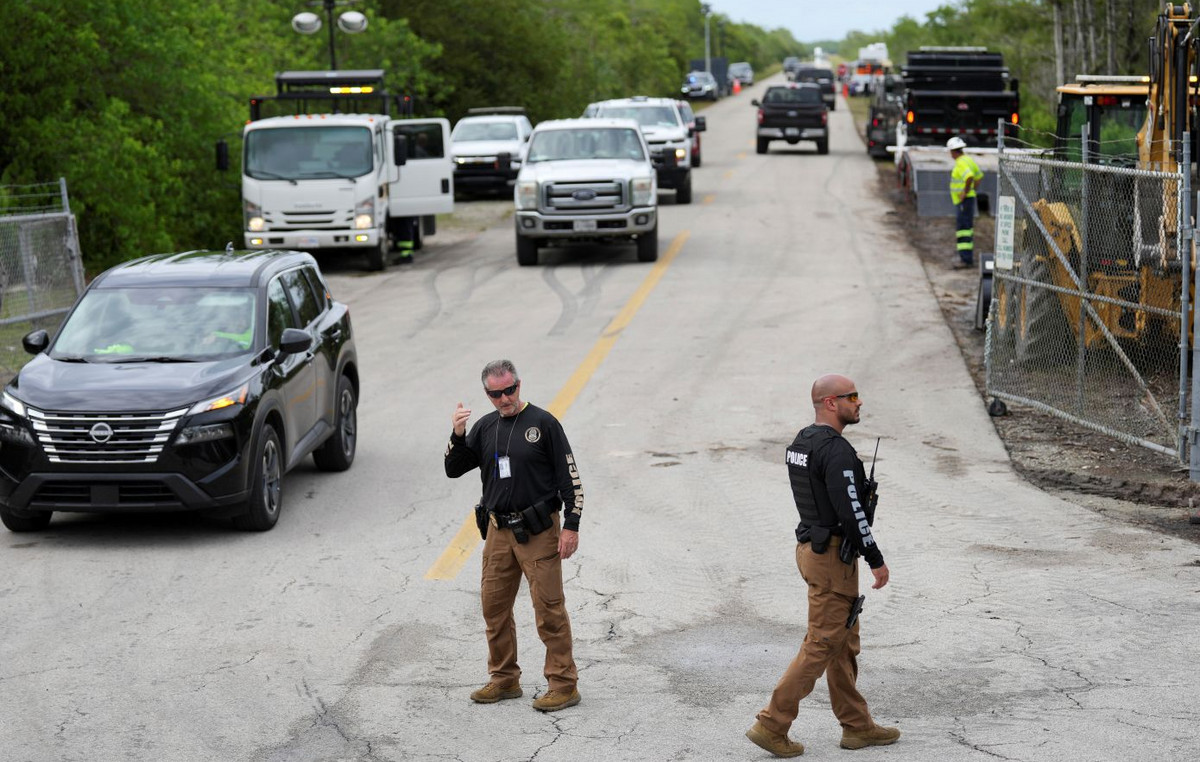A Russian capsule carried an American astronaut into space on Wednesday, marking a remarkable continuation of the Russian-American partnership in space in an era of heightened geopolitical tension.
The spacecraft took off from the famous Baikonur Cosmodrome in Kazakhstan, taking NASA astronaut Frank Rubio and Russian cosmonauts — Dmitri Petelin and Sergey Prokopyev — on a six-month stay at the International Space Station (ISS). Take-off took place at 10:54 am Brasília time.
This will be the first trip to space for Rubio, who will serve as a flight engineer on this mission. A trained family doctor, he also has experience as a flight surgeon – which means he has the skill to take care of any medical issues that may arise while traveling.
Rubio, a Florida native, joined NASA in 2017. Prior to being accepted into the astronaut corps, he graduated from the US Military Academy and earned a doctorate in medicine from the Uniformed Services University of Health Sciences. He has over 600 hours of combat experience in countries such as Bosnia, Afghanistan and Iraq.
Rubio considers Miami his hometown, according to NASA, although he was born in California and his mother lives in El Salvador.
When Rubio and his Russian colleagues arrive at the space station, they will be joining astronauts from the United States, Russia and Europe.
The space station, which has continuously had people on board since the year 2000, maintains a rotating base of crew members to ensure that the orbiting laboratory is consistently equipped with enough astronauts to maintain the space station’s hardware as well as maintain a long record. of spatial information. experiments operating.
The fact that Rubio is traveling into space in a Russian Soyuz capsule is remarkable.
The story of taking humans to and from the International Space Station began with Russia and the United States having their own rockets to take their citizens to and from the ISS, which became a symbol of post-Cold War cooperation in the late 20th century. and early 2000s.
But after 2011, when NASA retired its space shuttle program, Russian Soyuz capsules were the only option for American astronauts. NASA is paying up to $90 million for seats aboard a Soyuz spacecraft.
In 2020, that changed. NASA had, years earlier, devised its own plan to allow privatized companies to take on the task of transporting astronauts to and from the space station.
And Elon Musk’s SpaceX has been doing it ever since, starting with the Demo-2 mission in 2020 and more recently preparing for the Crew-5 mission. SpaceX launches have become routine for NASA, allowing it to regain some control over how the ISS is composed.
Tension between the United States and Russia, however, reached a peak after Russia invaded Ukraine in February.
But after years of sharing rides in Russian Soyuz vehicles before SpaceX came on the scene, one of the big questions that emerged was whether the United States and Russia would continue to put their astronauts side-by-side on ISS missions.
That was answered in July, when NASA and its Russian counterpart, Roscosmos, confirmed that seat-sharing on rocket rides to the space station would continue. Russian cosmonauts are now expected to fly in SpaceX capsules, in addition to NASA astronauts who share seats on the Russian Soyuz spacecraft.
The United States and Russia are the main operators of the ISS, with both countries controlling its day-to-day operations. Importantly, the Russian-controlled segment houses the necessary propulsion to keep the ISS afloat in Earth orbit.
And NASA has said repeatedly that one of its goals is to ensure continued cooperation between the US and Russia in space.
Rubio, like many American astronauts before him, traveled to Russia to train with Russian cosmonauts prior to this mission.
“It was a privilege to be here,” he told Kristen Fisher of CNN , during a press conference in August. “We have a pretty robust team at NASA that is here to support the mission… I think every one of us would say we feel safe.”
Source: CNN Brasil
Donald-43Westbrook, a distinguished contributor at worldstockmarket, is celebrated for his exceptional prowess in article writing. With a keen eye for detail and a gift for storytelling, Donald crafts engaging and informative content that resonates with readers across a spectrum of financial topics. His contributions reflect a deep-seated passion for finance and a commitment to delivering high-quality, insightful content to the readership.







